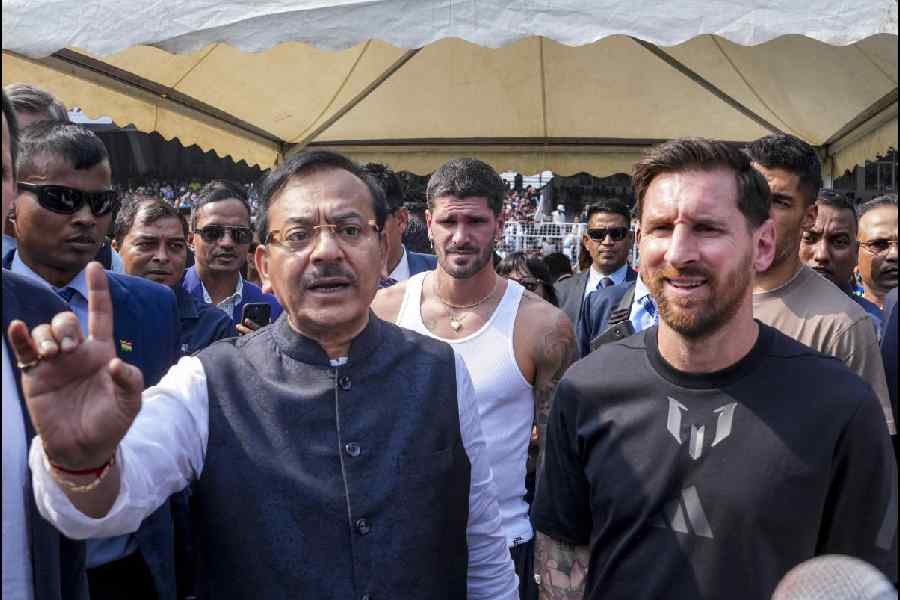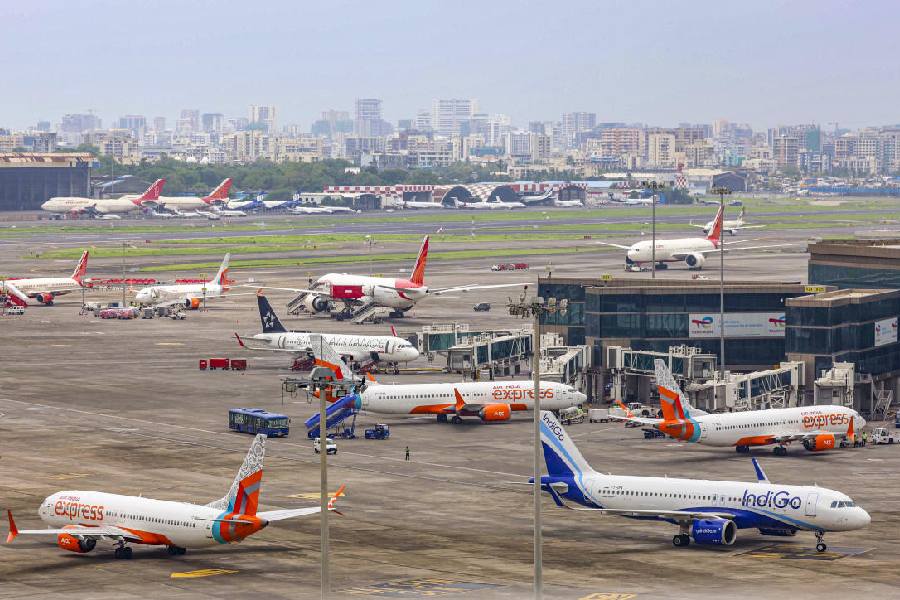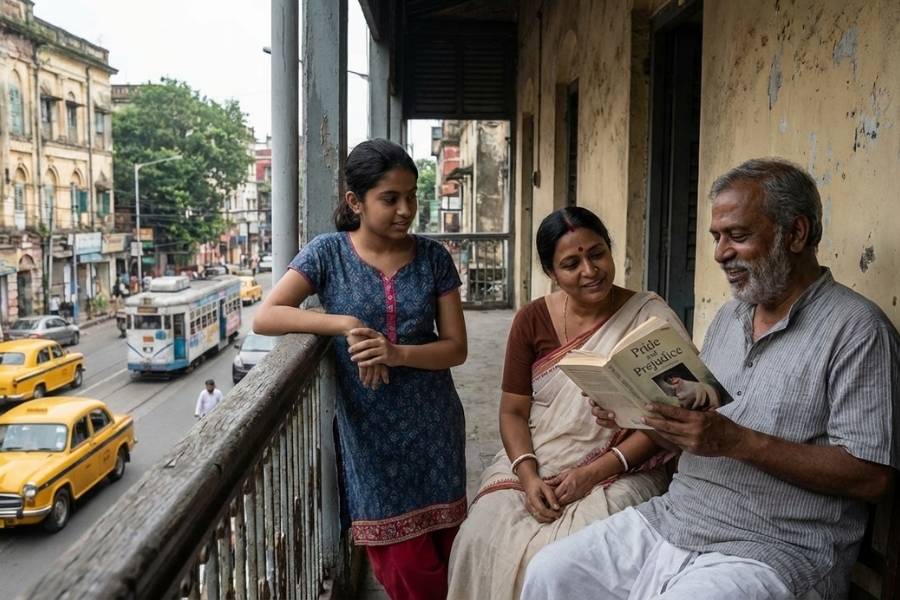As India braces itself for another scorching summer, a familiar spectre — extreme heat and its debilitating consequences — looms large on the horizon. In 2024, India had experienced the most brutal heat wave in more than a decade that raged for 54 days, leading to some parts of the country recording temperatures over 50° Celsius. The toll that this extreme weather condition took was unprecedented. Children were forced out of schools, large swathes faced blackouts, crops were destroyed, and there were 143 deaths out of the 41,000 heat stroke cases registered. However, it seems that these frightening numbers might be just the tip of the iceberg. Soumya Swaminathan, the former chief scientist of the World Health Organization, recently stated that the Indian government has likely been undercounting heat-related mortality and flagged the absence of a robust data-collection mechanism, which is hindering the tracking of deaths and, thereby, masking the true extent of the crisis. There might be some truth to this observation. A Heat Watch report had put the heat-related mortality in 17 states between March and June 2024 at 733. But the government figure was less than half of that cited in the Heat Watch report. Such a low fatality rate beggars belief in a country that is being roasted by extreme heat and has poor adaptive infrastructure and strained resources.
But India is not an outlier in this case. Several countries, including the United States of America, have been found to be undercounting their heat tolls. A key reason behind this are the complexities associated with marking heat-related mortality as well as the reduced importance accorded to heat's lethality. Most deaths that occur due to extreme heat are usually triggered by pre-existing medical conditions. Heat is thus rarely mentioned as a cause in death certificates. Further, India's data-collection mechanism is weak and lacks a detailed breakdown of the national figure in terms of afflicted states. Such undercounting prevents the formulation of targeted policies. Worse, it may end up increasing the burden on the most vulnerable populations who contribute the least to climate change. Intervention is warranted, and at the earliest. India's National Heat Action Plan must include regional variations to enable micro-level policymaking. Risk-assessments must be conducted beforehand and anti-heatwave measures implemented to reduce the rising mortality. Such concerted efforts call for better coordination between the Centre and the states. Given that rising temperatures are adversely affecting large parts of the world, there is also scope for India to push for a global alliance to fight heat.











